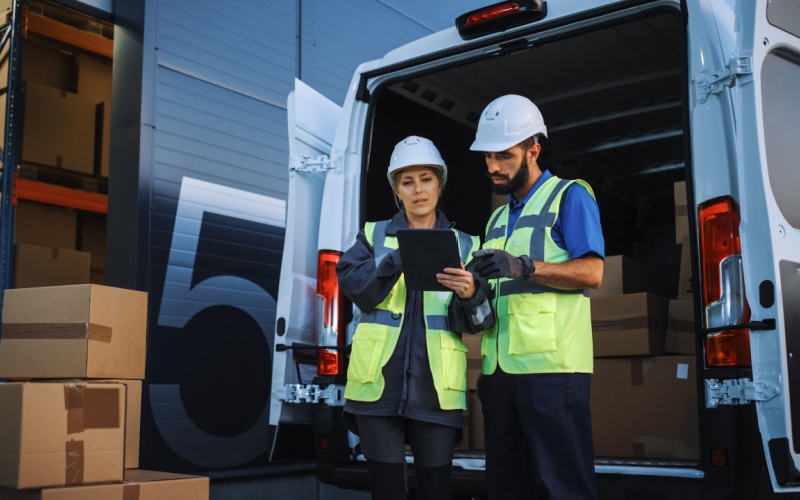“Available to promise.” This concept has become ever more important in retail.
As customer expectations grow, retailers must deliver a smooth, omni-channel experience and give people what they want, when they want it.
Retail leaders understand this point. In a 2022 Blue Yonder survey, executives identified
optimizing order management and warehouse management as their top priorities.
That’s a good start. But too many retailers are missing an opportunity to earn customer loyalty and keep up with competitors.
“Available to promise” is crucial, but it’s not enough.
The Power of Capacity
Retail success boils down to making the best promise possible to customers and then keeping that promise.
Although having accurate inventory counts is essential, many retailers struggle to maintain them. In a 2023 Blue Yonder survey, more than half of executives said they contend with inaccurate inventory. They cited this problem as the number one cause of poor customer experiences.
But even if your business has a handle on product availability, you may not have good insight into the promise you can make to your customer and whether you can keep that promise.
What are many retailers missing? “Capacity,” says Lawrence Roycroft, director of commerce at Blue Yonder.
The capacity constraints of a network can make or break whether your business keeps its promises to customers. Roycroft gives examples of the many factors Blue Yonder accounts for: “We look at what we call Unified Resource Management. We look at labor; we look at the transportation network; we look at logistics. You might have plenty of stock available, but what if you don’t have enough staff to pick the item? How do you get the order out then? We break down stores and warehouses so you know the capacity per hour per person. We also factor in holiday calendars and illnesses so you can adjust capacity.”
He continues: “When it comes to transportation, what carriers do you have available? How big is the product being sold? Can it be delivered in a van, or do you need a tractor-trailer? Can one person deliver, or do you need two people?”
Roycroft concludes, “If you’re not looking at the capacity element, all you’re ever calculating is essentially a stock count.”
“Most People Can’t Do Capacity”
Unfortunately, many retailers don’t have an effective way to look at their network’s capacity. As Roycroft puts it, “It’s the capacity that makes the promise — but most people can’t do capacity.”
The idea of synching real-time capacity data across your order, warehouse, and transportation management systems may seem overwhelming. But it doesn’t have to be.
Why? Because you don’t need to build a new, all-in-one technology platform from scratch. You don’t even need to replace your legacy system with a new monolithic system. Either approach would take years to deploy and cost a fortune.
Instead, you can deploy modern, composable architecture known as “microservices.” These scalable, individual technology stacks integrate into your existing systems. They give you a comprehensive view into capacity.
The stakes are high for retailers. Exceptional customer experience now means having products available and being able to promise them quickly. Just as important, retailers need to be able to keep their promises. “If you get it wrong, people will stop shopping with you,” Roycroft notes.
But given tight margins, retailers can’t afford to fulfill orders at any cost. Your business needs to deliver as quickly as possible at the best possible margin.
The good news is that achieving these goals is well within your company’s reach. As Roycroft says, “These are all things that the retailer can control. It all comes down to having insight into capacity.”
To learn how Blue Yonder supports retailers visit www.blueyonder.com.

